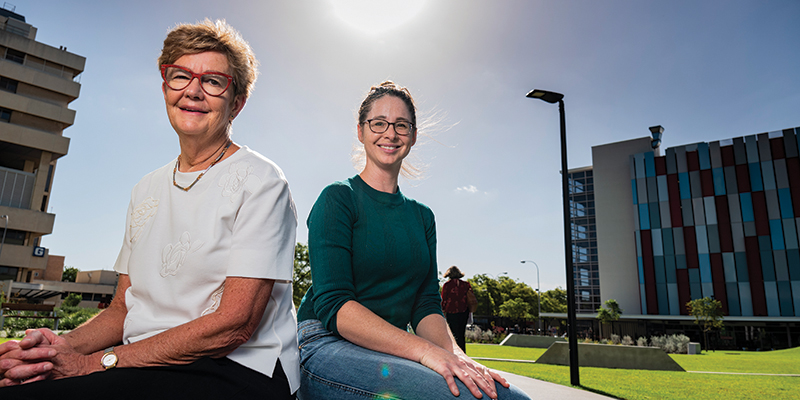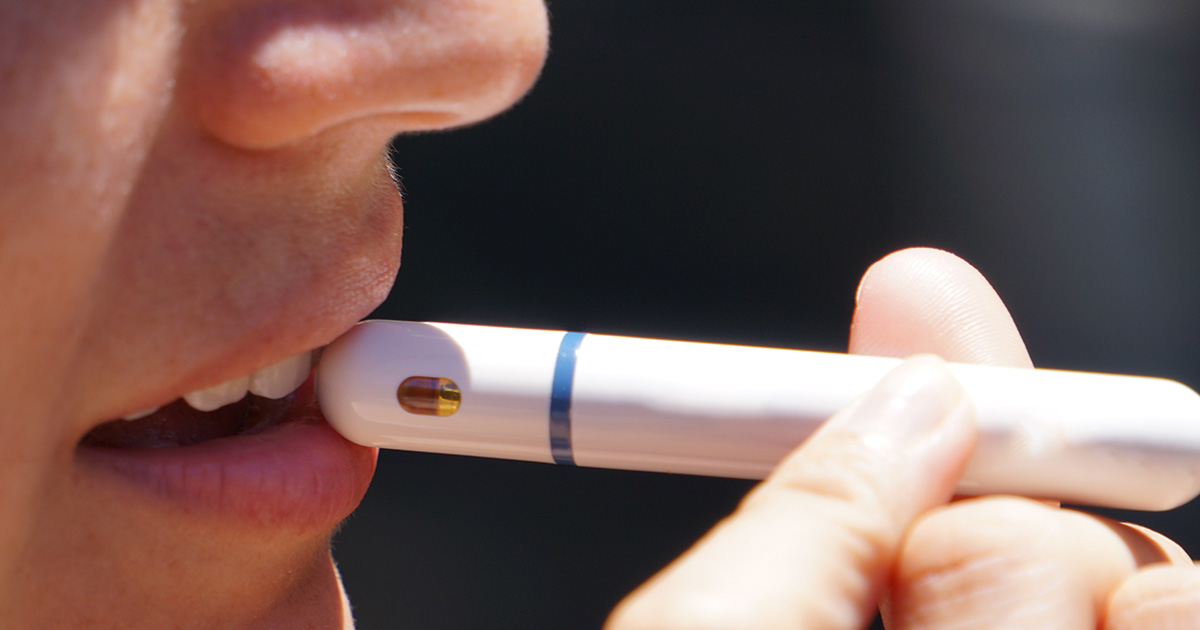Search

News & Events
Let the sun shine inFor decades Aussies have been told to minimise sun exposure to prevent skin cancer - now researchers at Telethon Kids are challenging that message.
Research
Developmental vitamin D deficiency increases foetal exposure to testosteroneAutism spectrum disorder (ASD) is a group of neurodevelopmental disorders which are more common in males. The 'prenatal sex steroid' hypothesis links excessive sex-steroid exposure during foetal life with the behavioural differences observed in ASD. However, the reason why sex steroid exposure may be excessive remains unclear. Epidemiological studies have identified several environmental risk factors associated with ASD, including developmental vitamin D (DVD) deficiency.
Research
Basal cell carcinomas on sun-protected vs. sun-exposed body sites: A comparison of phenotypic and environmental risk factorsThere are indications that risk factors for BCC may differ according to the anatomic site of the tumour but this is not well understood.
Research
Associations between sun exposure, skin pH, and epidermal permeability in pregnancy: A longitudinal observational studyLittle is known about how sun exposure may affect the maternal skin barrier during pregnancy when many hormonal and physiological changes occur. In this longitudinal observational study, 50 pregnant women were recruited at 18-24 weeks' gestation, 25 in summer-autumn, and 25 in winter-spring. At three time points in pregnancy at 18-24, 28-30, and 36-38 weeks' gestation, participants completed a validated sun exposure questionnaire and had skin permeability and surface pH measured on the volar forearm.
Research
Vitamin D 3 deficiency enhances allergen-induced lymphocyte responses in a mouse model of allergic airway diseaseIn this study, using a mouse model, we determined whether vitamin D deficiency in utero and during early life modulated the severity of asthma.
Research
UV exposure and protection against allergic airways diseaseAsthma is a chronic inflammatory disease of the small and large conducting airway mucosa characterised by Th2 cell immunity.

News & Events
Getting through to young people on sun safety and vapingResearchers from The Kids Research Institute Australia and Cancer Council WA will team up on two projects aimed at identifying the most effective public health messaging for young people around SunSmart behaviours and how to stop vaping.
Research
The current state of play of rodent models to study the role of vitamin D in UV-induced immunomodulationUltraviolet radiation (UVR) from sunlight is immunomodulatory and the main source of vitamin D for humans.
Research
Maternal Serum Vitamin D Levels During Pregnancy and Offspring Neurocognitive DevelopmentNew research links poor language to lack of Vitamin D in womb.
Research
High Vitamin D-Binding Protein Concentration, Low Albumin, and Mode of Remission Predict Relapse in Crohn's DiseaseAssociations between Vitamin D-binding protein, serum Vitamin D, and the calculated free Vitamin D concentrations with the risk of Crohn's disease flare
